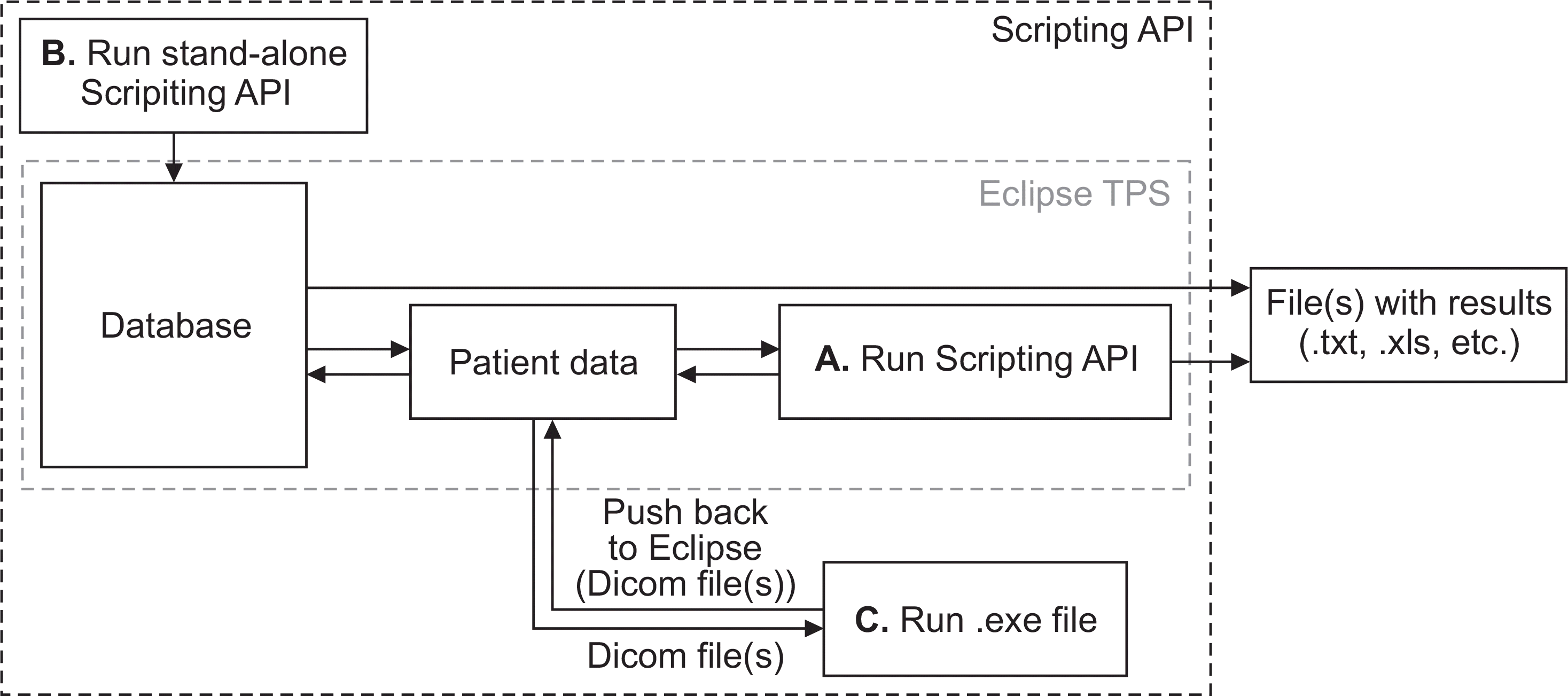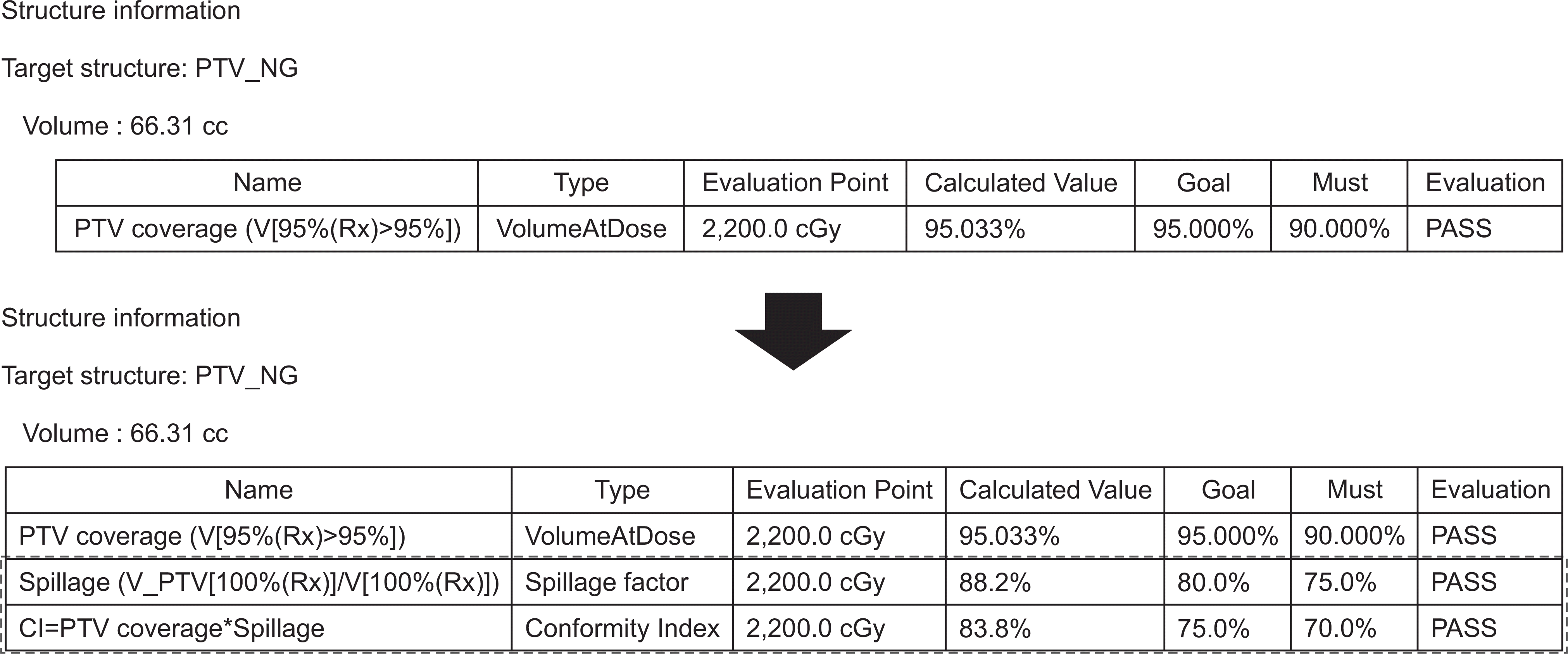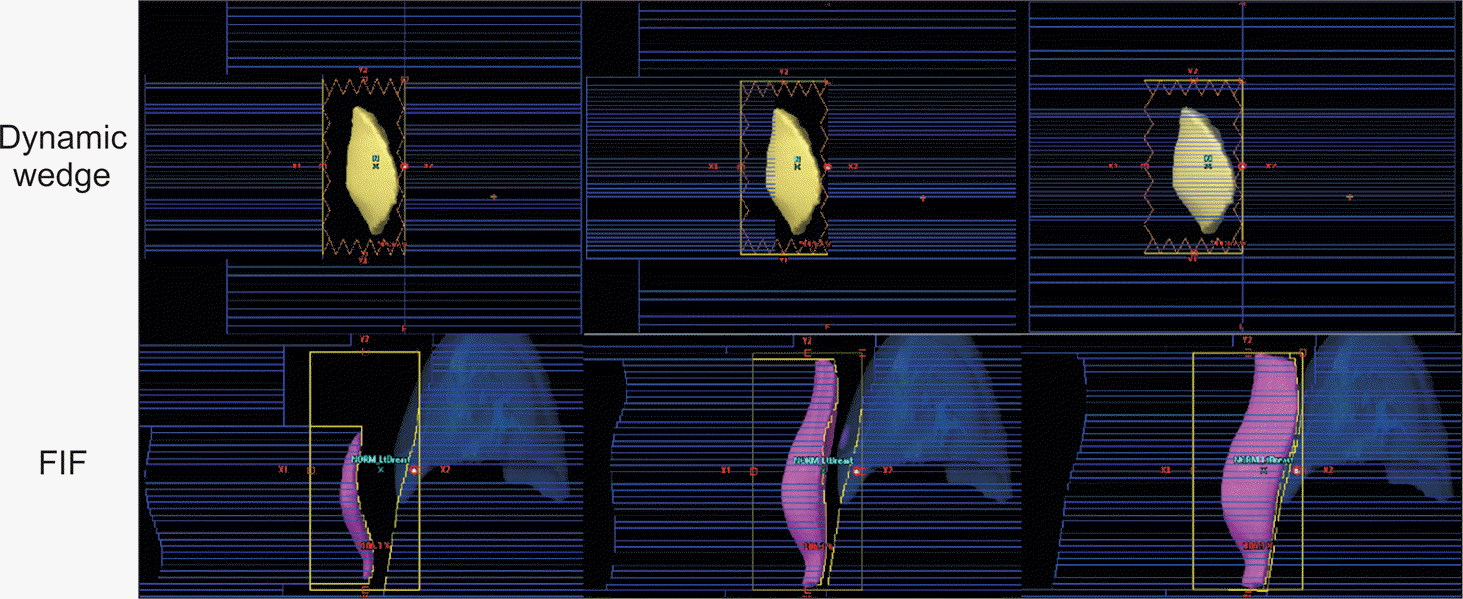Abstract
Eclipse Scripting Application Programming Interface (ESAPI) was devised to enhance the efficiency in such treatment related workflows as contouring, treatment planning, plan quality measure, and data-mining by communicating with the treatment planning system (TPS). It is provided in the form of C# programming based toolbox, which could be modified to fit into the clinical applications. The Scripting program, however, does not offer all potential functionalities that the users intend to develop. The shortcomings can be overcome by combining the Scripting programming with user-executable program on Windows or Linux. The executed program has greater freedom in implementation, which could strengthen the ability and availability of the Scripting on the clinical applications. This work shows the use of the Scripting programming throughout the simple modification of the given toolbox. Besides, it presents the implementation of combining both Scripting and user-executed programming based on MATLAB, applied to automated dynamic MLC wedge and FIF treatment planning procedure for promoting the planning efficiency.
Go to : 
REFERENCES
1. Hinton GE, Osindero S, Teh YW. A fast learning algorithm for deep belief nets. Neural Computation. 2006; 18(7):1527–54.

2. Jia X, Ziegenhein P, Jiang SB. GPU-based highperformance computing for radiation therapy. Phys Med Biol. 2014; 59(4):R151.

3. Xhaferllari I, Wong E, Bzdusek K, Lock M, Chen J. Automated IMRT planning with regional optimization using planning scripts. J Appl Clin Med Phys. 2013; 14(1):4052.

5. Wang H, Xing L. Application programming in C# environment with recorded user software interactions and its application in autopilot of VMAT/IMRT treatment planning. J Appl Clin Med Phys. 2016; 17:189–203.

6. Zhu J. Generation of wedge-shaped dose distributions through dynamic multileaf collimator dose delivery. J Appl Clin Med Phys. 2005; 6(3):37–45.

7. Mayo C, Lo YC, Fitzgerald TJ, Urie M. Forward planned, multiple-segment, tangential fields with concomitant boost in the treatment of breast cancer. Med Dosim. 2004; 29(4):265–70.
8. De la Torre N., Figueroa C.T., Martinez K., Riley S. Chapman, J. A comparative study of surface dose and dose distribution for intact breast following irradiation with fieldin-field technique vs. the use of conventional wedges. Med Dosim. 2004; 29(2):109–14.
9. Borghero Y.O., Salehpour M., McNeese M.D., Stovall M., Smith S.A., Johnson J., Perkins G.H., Strom E.A., Oh J.L., Kirsner S.M., Woodward W.A., Yu T.K.Buchholz, T.A. Multileaf field-in-field forward-planned inten-sitymodulated dose compensation for whole-breast irradiation is associated with reduced contralateral breast dose: a phantom model comparison. Radiother Oncol. 2007; 82(3):324–8.
10. Prabhakar R, Julka PK, Rath GK. Can field-in-field technique replace wedge filter in radiotherapy treatment planning: a comparative analysis in various treatment sites. Australas Phys Eng Sci Med. 2008; 31:317–24.

11. Morganti AG, et al. “Forward planned intensity modulated radiotherapy (IMRT) for whole breast postoperative radiotherapy. Is it useful? When?,” J Appl Clin Med Phys. 2011; 12(2):213–22.
12. A. van't Riet, A. C. Mak, M. A. Moerland, L. H. Elders, W. van der Zee. A conformation number to quantify the degree of conformality in brachytherapy and external beam irradiation: Application to the prostate,” Int. J. Radiat. Oncol., Biol., Phys. 1997; 37(3):731–6.
13. R. Oozeer, B. Chauvet, R. Garcia, C. Berger, C. Felix-Faure, F. Reboul. Dosimetric evaluation of conformal radiotherapy: Conformity factor, Cancer Radiother. 2000; 4(3):207–15.
14. L. Feuvret, G. Noel, J. Mazeron, P. Bey. Conformity index: A review. Int. J. Radiat. Oncol., Biol., Phys. 2006; 64(2):333–42.
Go to : 
 | Fig. 1.Framework of Scripting API communicating with Eclipse TPS. It runs the API in three different ways: A. Running on each patient dataset, B. Accessing DB with stand-alone program, and C. Implementing an execution file created by users to conduct the intended tasks. |
 | Fig. 2.Plan quality metrics by modifying C# code of the Scripting API to add the conformality index of the target volume (dotted box). |




 PDF
PDF ePub
ePub Citation
Citation Print
Print




 XML Download
XML Download